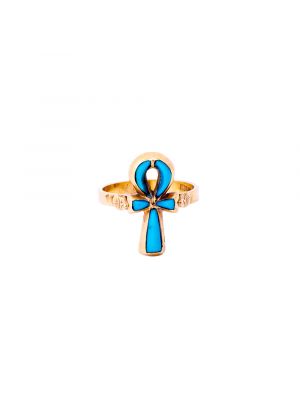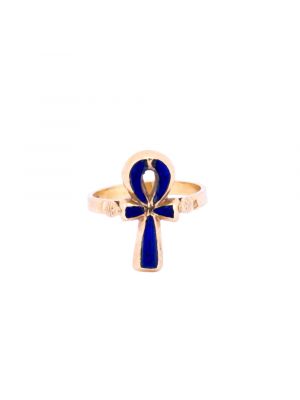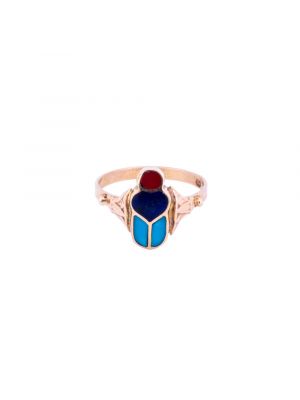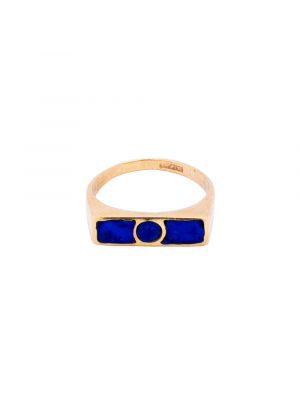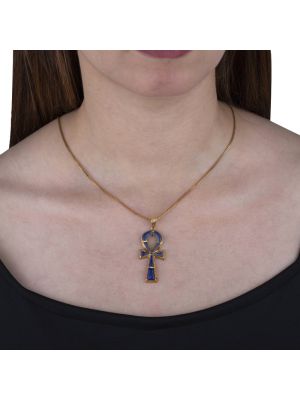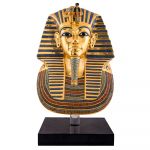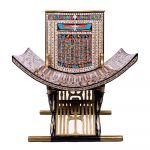Gold
Egyptian Gold Jewelry

It is no surprise that ancient Egyptian civilization had the best and the most valued jewelry in all of the ancient world. Shop among an extensive collection of ancient Egyptian Gold jewelry for sale, our Egyptian gold jewelry designs are trendy, fashionable, and embellished with ancient Egyptian symbols, made by Egyptian Hands with the best prices. Shop now!
Loading ...
Load More ...






